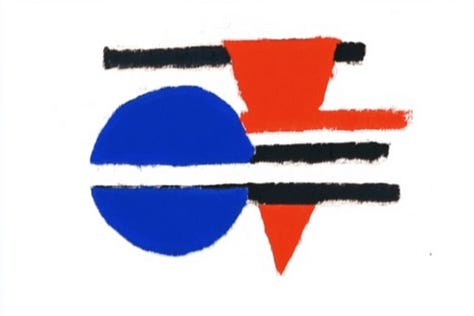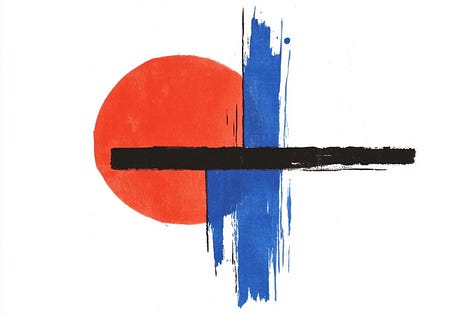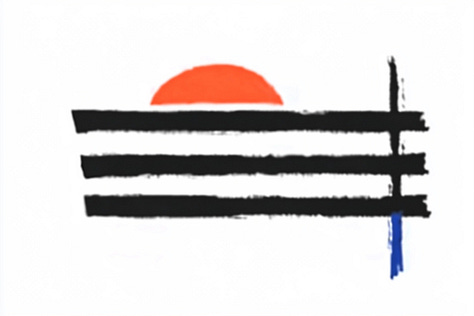A critique of Pentagram's prompt
Reverse engineering the Pentagram process in Midjourney
Last week, there was a lot of discussion regarding the merits of using Midjourney in a recent project completed by the renowned design studio, Pentagram. Naturally, I have much to say on the matter. But beyond the debate of impact on the industry, I couldn't resist reviewing the prompts they described in their process videos.
Blending for exploration
To get started, they said they blended a series of hand-made images of paper and paint into new generations. This is a very smart use of Midjourney because it’s a technique that would actually be very difficult to do quickly or easily by hand.
For example, they showed five images they blended:
The blend feature works exactly as it sounds. It's very much like dropping five ingredients into a blender. The results will be a mix of those images, equally based on the initial ratios, but you won't know exactly what you'll get. There's a lack of control, but in this part of the creative process, that makes perfect sense. It's about expanding ideas, exploring, and playing.
You can see how the results created more shapes and textures, expanding the understanding of the style. Here’s some blends I made using these same images:



Assessing their “final” prompt
After some exploration of another illustration style, they came back to the textured approach. To give the imagery more specific meaning, they created a new prompt to generate more specific iconography with this style, like “government building.” This is the prompt they say they landed on:
To be honest, my initial reaction was... yikes. There were a lot of unnecessary words and many words that implied relationships that Midjourney typically doesn't utilize. My initial reactions aside, let’s take a look at how Midjourney interprets the prompt:
Keep reading with a 7-day free trial
Subscribe to Designing with AI to keep reading this post and get 7 days of free access to the full post archives.







